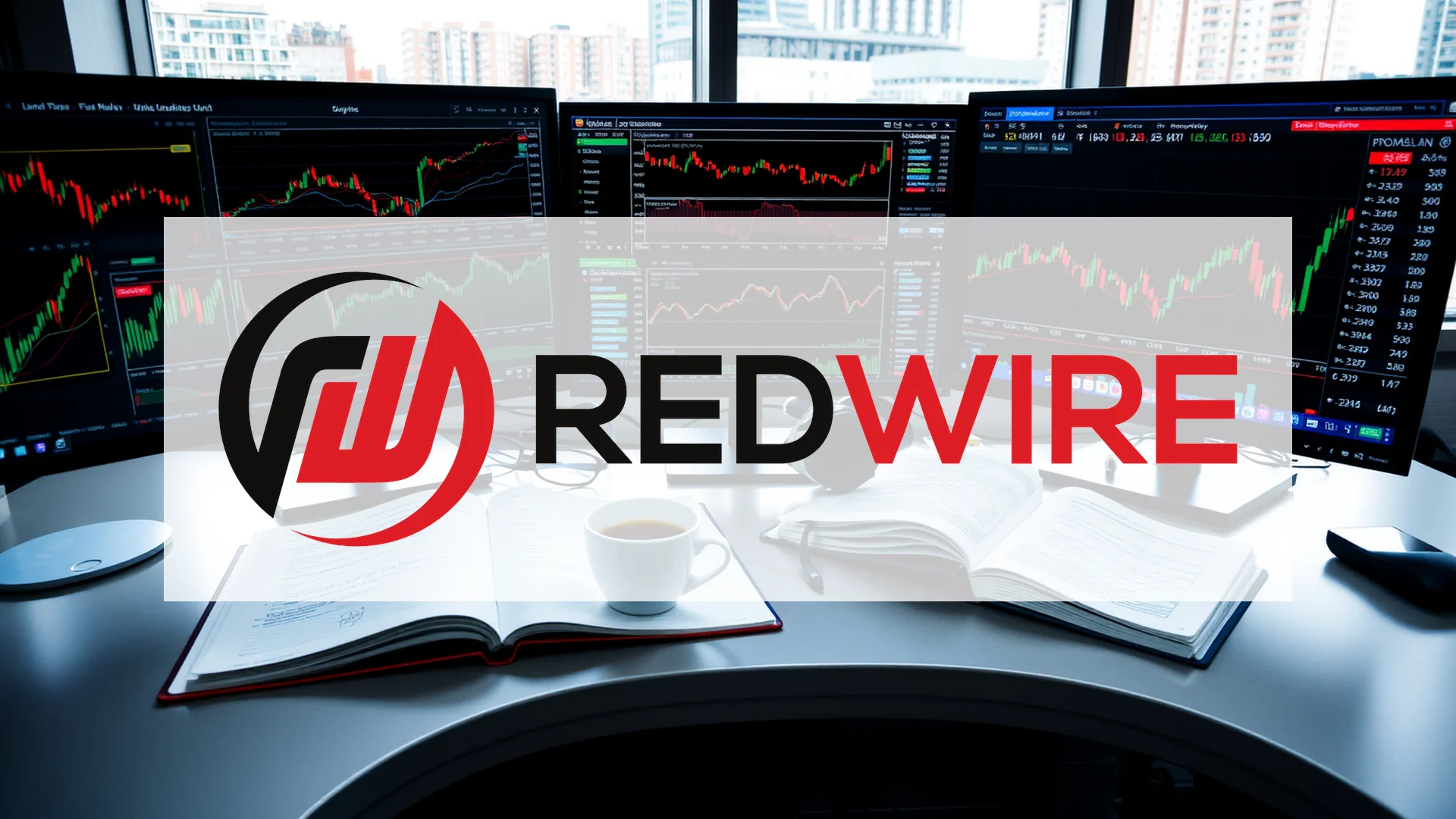The memory chip sector is witnessing extraordinary momentum, with Micron Technology emerging as a standout performer. A substantial price target increase from Morgan Stanley to $325 has captured market attention, but the underlying drivers reveal a deeper transformation within the memory industry. An unprecedented supply crunch and rapidly escalating prices are fueling profit margins that have stunned sector veterans, prompting speculation about a sustained period of exceptional performance for the chipmaker.
Unprecedented Profitability and Market Dynamics
Morgan Stanley’s analysts have positioned themselves as the most bullish on Wall Street, elevating their price target from $220 to a street-high of $325. Market strategist Joseph Moore described the company’s earnings potential as “uncharted territory,” forecasting that earnings could surpass $10 per share. The divergence between spot and contract pricing is a critical factor, with Moore noting gaps reaching “hundreds of percent in some cases.” He anticipates contract prices could double in coming quarters, providing a direct boost to profitability. In their most optimistic scenario, the bank suggests shares could reach $420.
Supply Shortages Trigger Rapid Price Appreciation
The memory chip market is experiencing exceptional conditions, with specific products showing dramatic price increases:
- DDR5 memory modules surged 60% between September and November
- 32GB DDR5 modules climbed from $149 to $239
- Samsung implemented price hikes of up to 60% during November
- 16GB and 128GB chips advanced approximately 50%
According to Moore, data center operators are initiating “panic buying” as they confront severe product shortages. Unlike previous industry cycles, this scarcity stems from structural factors, primarily driven by massive global investments in artificial intelligence infrastructure.
High-Bandwidth Memory Emerges as Strategic Asset
Micron’s high-bandwidth memory (HBM) division is evolving into a cornerstone of its business strategy. The company generated nearly $2 billion in revenue from this segment during its fourth quarter, representing an annualized volume of approximately $8 billion. The customer base for these products expanded from four to six major purchasers during this period.
Should investors sell immediately? Or is it worth buying Micron?
Technologically, Micron continues to set industry standards with its HBM4 products delivering leading bandwidth exceeding 2.8 TBps and pin speeds beyond 11 Gbps. Within this crucial AI infrastructure segment, the company maintains its position as one of three dominant suppliers alongside Samsung and SK Hynix.
Record-Breaking Quarterly Performance
Micron’s fourth-quarter 2025 financial results exceeded all projections:
- Record revenue of $11.3 billion
- Data center business gross margins reaching 52%
- Earnings per share of $3.03
- Data center segment accounting for 56% of total revenue
For the current quarter, management anticipates revenue of $12.5 billion with earnings per share of $3.75. Industry analysts project additional price increases of 15-20% on a mixed basis for the first and second quarters of 2026.
Exceptional Market Performance
With an approximate 180% advance since the start of the year, Micron has significantly outperformed technology heavyweights including Nvidia, delivering roughly four times the returns of the AI sector leader. The stock recently achieved new 52-week highs near $257 before experiencing routine profit-taking.
The central question for investors remains whether Micron can maintain this exceptional momentum. Current manufacturer projections indicate that demand will continue to substantially outpace supply for multiple quarters ahead, suggesting the favorable market conditions may persist.
Ad
Micron Stock: Buy or Sell?! New Micron Analysis from November 15 delivers the answer:
The latest Micron figures speak for themselves: Urgent action needed for Micron investors. Is it worth buying or should you sell? Find out what to do now in the current free analysis from November 15.
Micron: Buy or sell? Read more here...









